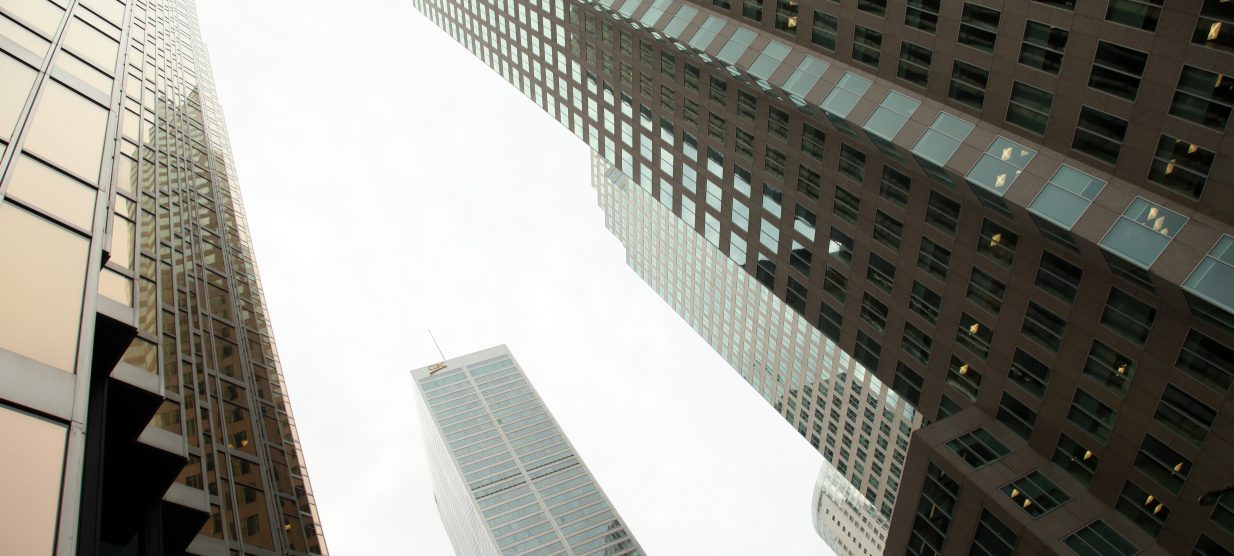What is WELL Health-Safety Rating and why is it beneficial?
What is WELL Health-Safety Rating and why is it beneficial?
The WELL Certification is definite proof that a certain building has successfully undergone a health and safety assessment. It focuses on key aspects of occupant health and safety, such as air quality, lighting, acoustics, and ergonomics. It is a respected incentive that encourages green building practices by design.
A WELL Health-Safety Rating on the other hand can be received by offices as well. This rating is an objective measure of health and safety in the office, providing evidence that it has been assessed according to best practices for health, productivity, comfort, and sustainability.
The main focuses of the WELL Health-Safety Rating is quite self-explanatory.
These include:
- Occupant Health – the condition of an individual’s body, mind, and spirit
- Well-being – a state of physical and mental health characterized by the absence of disease or infirmity; a person’s emotional state concerning their environment
- Happiness – feeling joy or pleasure over something good that has happened or will happen; a positive emotion associated with one’s circumstances
- Productivity – the amount produced by someone or something over time; how much work you can get done in a given period
According to the International WELL Building Institute, buildings that achieve WELL Certification have seen a 44% reduction in absenteeism and a 66% increase in productivity[1].
The importance of health and safety requirements is not always obvious to building owners and managers. Health and safety are not just about fire safety, but also about the environment and how it affects people. It’s a legal requirement that you need to comply with if your building has more than 5 occupants at any one time, but many people don’t know this until they get fined for not meeting certain standards.
The WELL Health-Safety Rating is a certification that promotes green building practices by design. It encourages health and well-being by encouraging the use of materials, products, and services that support healthy indoor environments. The WELL Health-Safety Rating promotes health and safety by encouraging the use of products that meet rigorous standards for health, safety, comfort, and productivity. The WELL Health-Safety Rating also promotes health, safety, and wellness by requiring meeting minimum requirements for energy efficiency as well as indoor air quality (IAQ).
The WELL Health-Safety Rating is an important tool for promoting the health and well-being of employees, customers, tenants, and communities. It also helps you attract and retain employees by differentiating your business from competitors. In a survey conducted by the IWBI, 86% of employees stated that they would prefer to work in a WELL-certified building[2].
For example:
- The WELL Building Standard was created by the International Living Future Institute as a framework to guide building owners in creating healthy buildings that support human health and productivity while reducing environmental impact (such as energy consumption). In addition to meeting energy efficiency standards set by ASHRAE 15-2019 or IECC 2009/2010:2nd Edition, a building must meet additional requirements related to indoor air quality (IAQ), daylighting, water efficiency, materials selection, and indoor environmental quality (IEQ).
The WELL Health-Safety Rating is an important tool for promoting the health and well-being of employees, customers, tenants, and communities. It provides a framework for green building practices by design and encourages building owners and managers to consider factors that affect occupant health and safety such as lighting, noise level, access to fresh air, and water conservation.
[1] https://www.wellcertified.com/en/articles/5-reasons-why-well-certification-is-good-business
[2] https://www.iwbi.com/news/why-employers-should-pay-attention-to-well-building-certification

Do not hesitate to contact us
Get in touch, if you have any question

